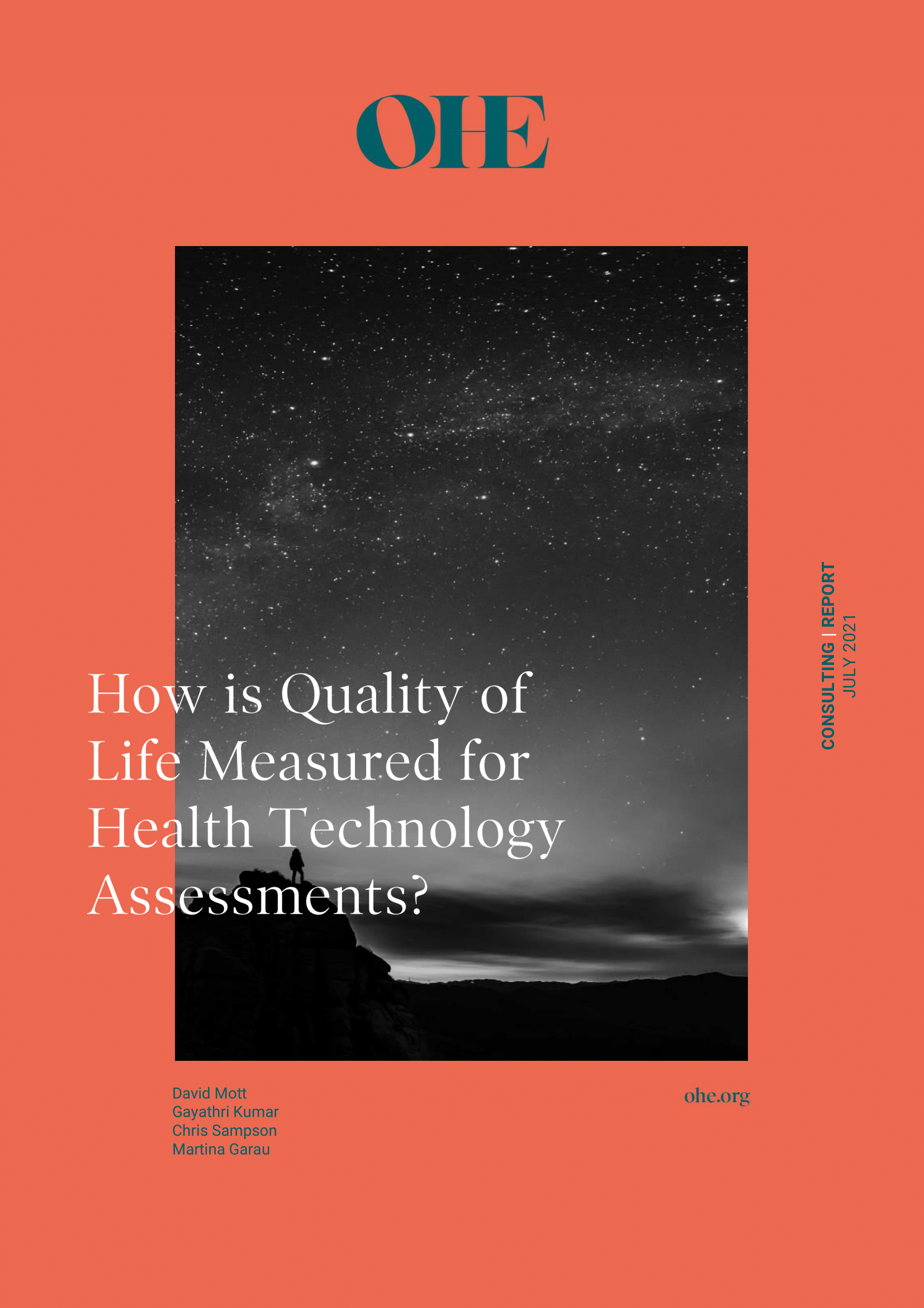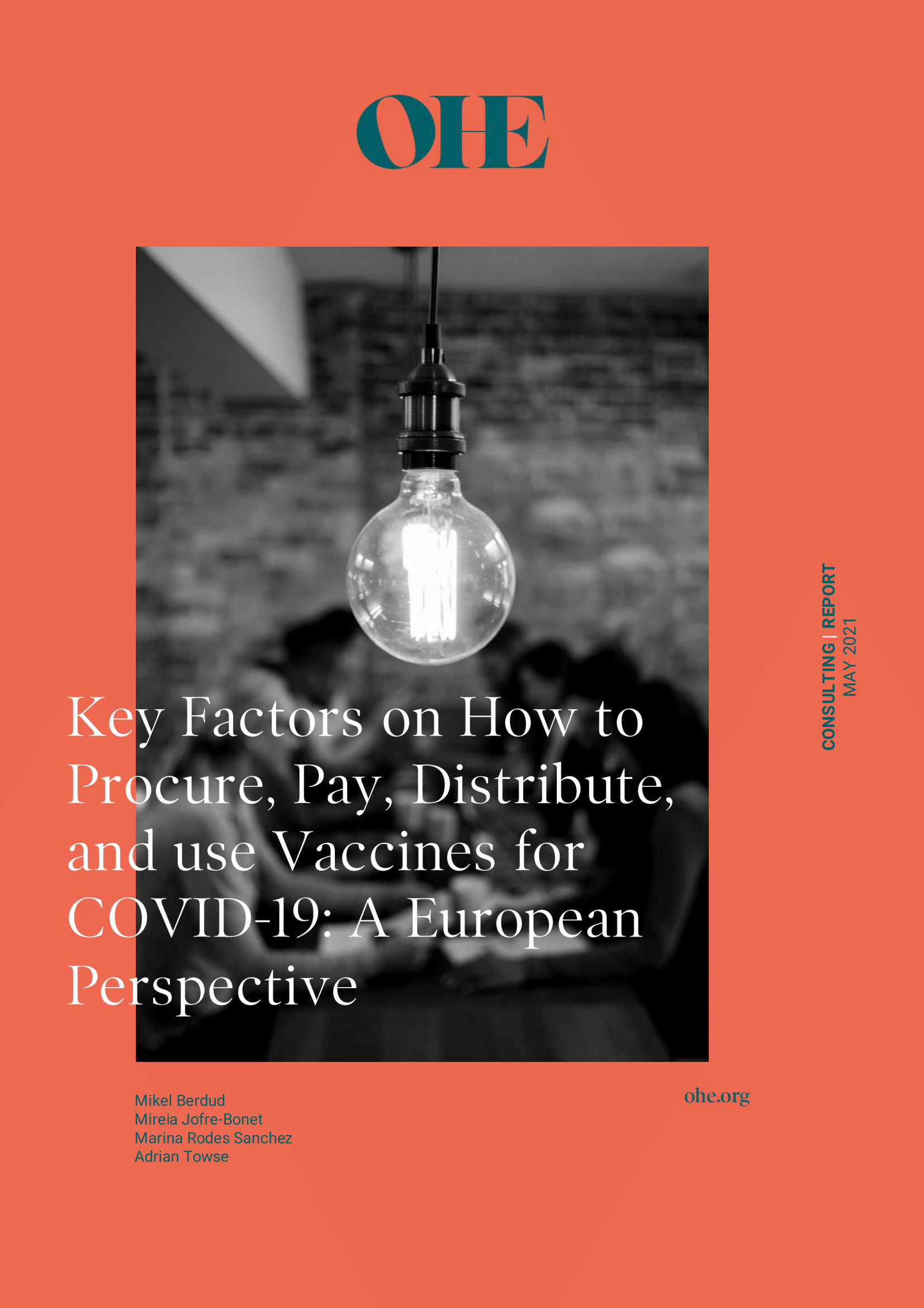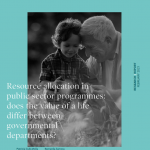How is Quality of Life Measured for Health Technology Assessments?




Resistance to antibiotics is growing. Additional R&D is required. Both Transferable Intellectual Property Rights and Market Entry Rewards should be explored for use in Europe as a regional “pull” incentive.
A new OHE Briefing has just been published entitled: Incentives for New Drugs to Tackle Anti-Microbial Resistance.
Resistance to antibiotics is growing, posing a major health risk in rich and poor countries. Additional ways of rewarding R&D are required.
Mechanisms designed to encourage companies to undertake R&D on new medicines are generally characterised as either “push” or “pull” programs. “Pull” mechanisms aim to create incentives by creating viable market demand and/or revenues when new products are approved. Pull incentives are key to stimulating R&D for new antibiotics and vaccines.
Push funding alone will not generate new medicines. Pull incentives are key to stimulating R&D for new antibiotics and vaccines. Our assessment is that both the Transferable Intellectual Property Rights and the Market Entry Reward should be further explored for use in Europe as a regional “pull” incentive.
The new OHE Briefing looks at the proposals in the 2016 O’Neill Report, commissioned by the UK government, and the 2017 GUARD Report, commissioned by the German government.
Transferable Intellectual Property Rights and the Market Entry Reward both have strengths and weaknesses. The risk with Transferable Intellectual Property Rights is of overpaying relative to a Market Entry Reward. This can in part be overcome by using guard rails such as a variable period of patent extension.
The risk with the Market Entry Reward is of political risk and credibility. Is the funding source sustainable over a 15-20 year product development timeline, and is there a risk that the Reward can be changed at relatively short notice? Political risk will lead to a devaluation of the expected reward by companies, potentially requiring higher Market Entry Rewards to be offered than with Transferable Intellectual Property Rights.
Our assessment is that both Transferable Intellectual Property Rights and the Market Entry Reward should be further explored for use in the EU as a regional “pull” incentive. The current focus on the market entry reward should therefore be extended to include Transferable Intellectual Property Rights.
The O’Neill Report sets an objective of generating 15 new antibiotics per decade. The GUARD proposes one significant new antibiotic per year. A programme to incentivise 10-15 drugs per decade is therefore needed.
In simple terms 15 drugs over ten years at US$2 billion a drug (on our assumptions) re-quires a “pull” commitment of US$30 billion a decade, or US$3 billion per annum. This is much higher than the O’Neill Report recommendations of US$16 billion built around its assumptions of US$1 billion per product market entry rewards. The GUARD Report similarly refers to market entry rewards of US$1 billion per product.
The market entry rewards proposed by O’Neill and GUARD of US$1 billion per product are too low to stimulate discovery and development including pre-clinical research unless companies are also expected to make money from selling the product during its patent life.
A lead group of countries need to work together to develop a set of pull incentives to drive new antibiotic and vaccine R&D in Europe and globally.
Access the full report here.
For more information please contact Adrian Towse at OHE.
An error has occurred, please try again later.
This website uses cookies so that we can provide you with the best user experience possible. Cookie information is stored in your browser and performs functions such as recognising you when you return to our website and helping our team to understand which sections of the website you find most interesting and useful.
Strictly Necessary Cookie should be enabled at all times so that we can save your preferences for cookie settings.
If you disable this cookie, we will not be able to save your preferences. This means that every time you visit this website you will need to enable or disable cookies again.
This website uses Google Analytics to collect anonymous information such as the number of visitors to the site, and the most popular pages.
Keeping this cookie enabled helps us to improve our website.
Please enable Strictly Necessary Cookies first so that we can save your preferences!